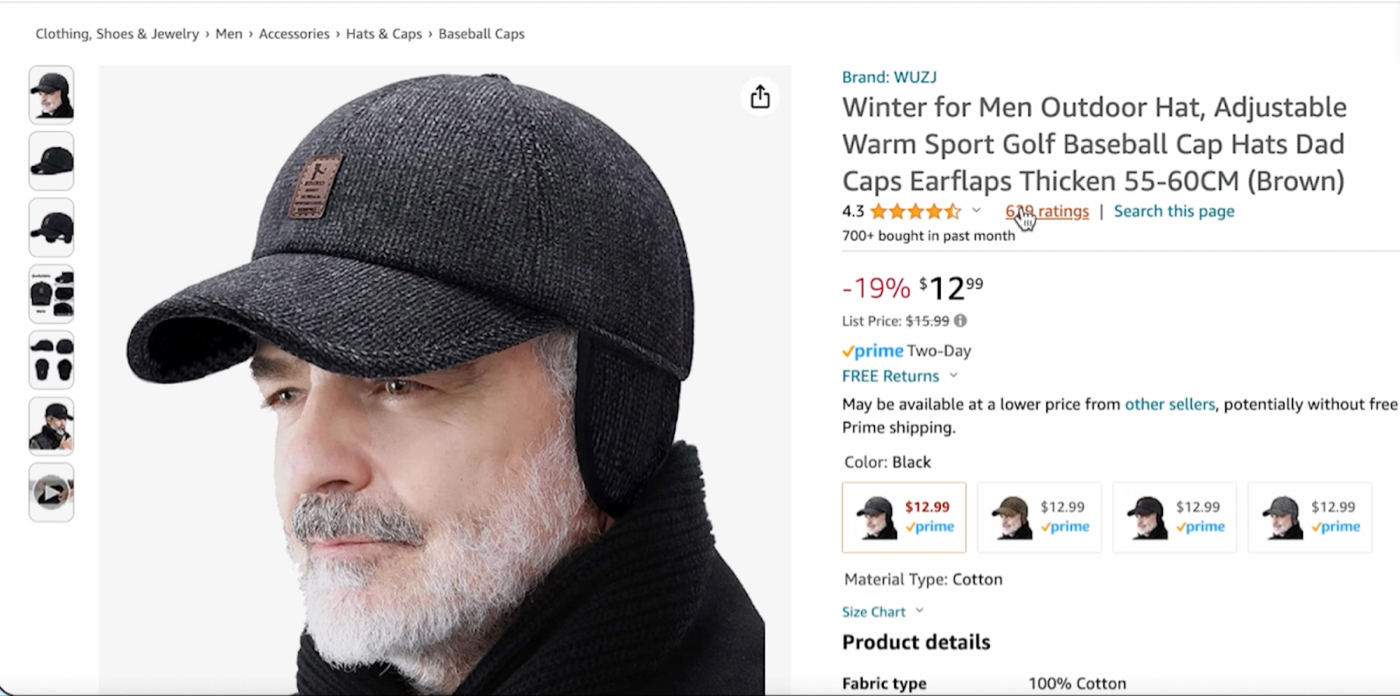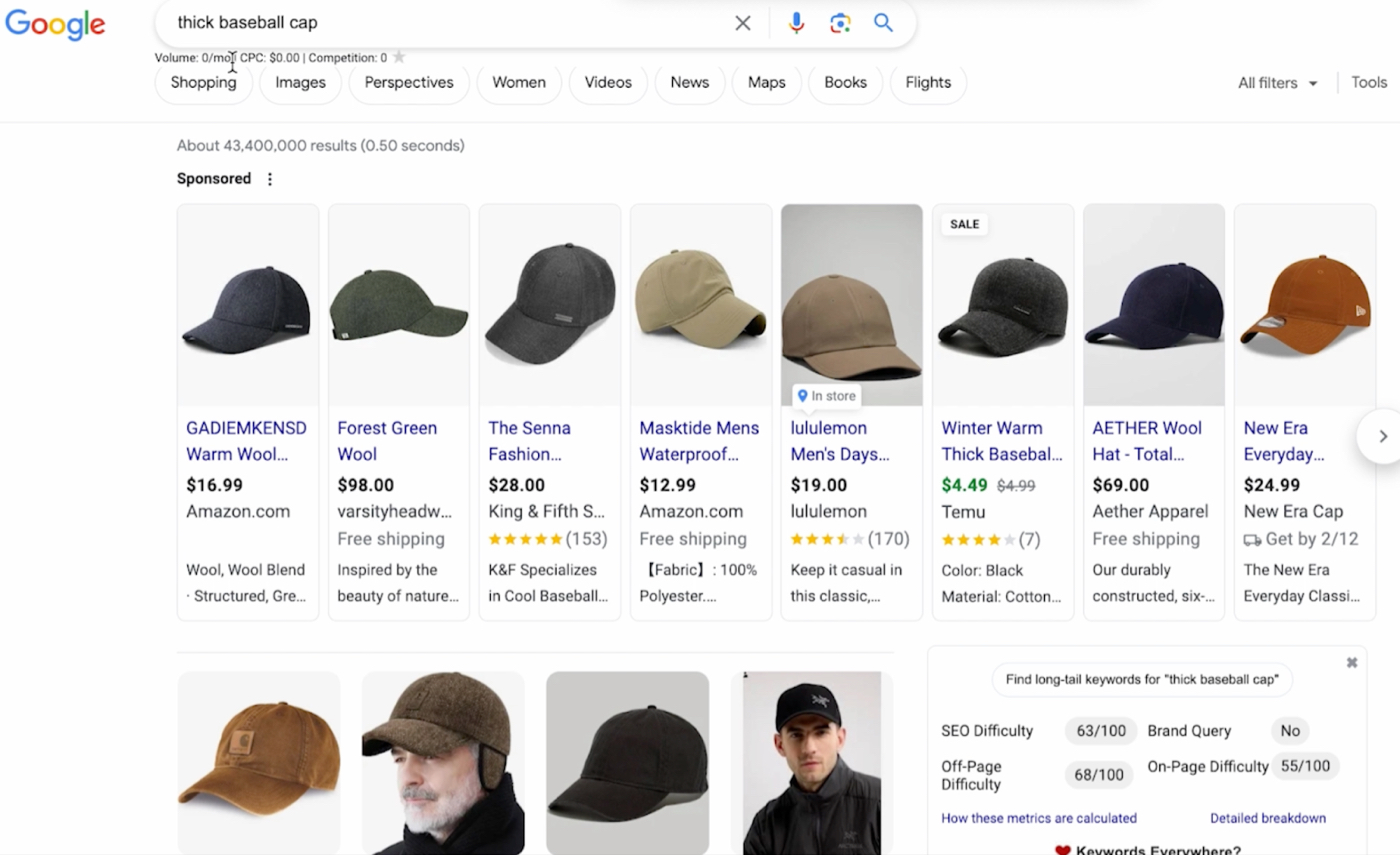
Thank you to everyone who is watching or listening to my podcast, How Do You Use ChatGPT? If you want to see a collection of all of the prompts and responses in one place, Every contributor Rhea Purohit is breaking them down for you to replicate. Let us know in the comments if you find these guides useful. —Dan Shipper
Sometimes I get lost going down internet rabbit holes.
While writing a piece based on Tyler Cowen’s interview on How Do You Use ChatGPT?, I found myself feverishly scrolling through the scanned pages of a 1979 book to find the author’s claim that a computer would never beat a human chess champion. All because Cowen said that watching AI play chess sparked his enthusiasm for the technology. (I found the answer on the second paragraph on page 675, in case you were wondering.)
The anecdotes I find at the deep end of internet rabbit holes rarely make it to the final version of the article. In fact, the further I dive, the less cognizant I am of how relevant these anecdotes are to what I’m writing about. Rabbit holes are useful, but I struggle to emerge with a good sense of what I find there.
In a recent episode of How Do You Use ChatGPT?, Dan Shipper and Steph Smith did just that—they dove down internet rabbit holes and came back with valuable nuggets of information. More specifically, they use the internet to vet ideas for new businesses.
Smith is a prolific online creator, host of the a16z Podcast, author of Doing Content Right (a book about writing a successful blog), and creator of Internet Pipes, a toolkit to surface useful insights from the internet. In this interview, they discuss how Smith uses a suite of tools and strategies to find hidden trends and vet business ideas online. As they talk, Dan pitches two main business ideas to Smith, and they use different tools to figure out if they are worth pursuing.
I came away from this conversation inspired, with a fresh perspective on internet rabbit holes and how to leverage them for useful information. If you spend a lot of time online and want to make money on the internet, follow along for a masterclass on how to validate business ideas quickly and cheaply.
We’ve charted out Dan and Steph’s research journey on the internet below, with accompanying screenshots to further clarify their process.
The first potential business opportunity Dan and Steph explore involves selling insulated baseball caps. Smith’s first move while vetting a business idea online is typing the idea into Google’s search bar. Her rationale is that because of the number of people who use Google to find things, it’s effectively a giant data set that reflects what people are searching for. Smith’s search query is “warm baseball cap.”
All screenshots courtesy of How Do You Use ChatGPT?
Smith uses an online marketing research tool called Keywords Everywhere to surface insights from the internet as she browses. The plugin records a few metrics under Google’s search bar, including the search volume, i.e., the number of searches per month. Smith notes that the search volume for a warm baseball cap—320 searches per month—is low. However, she thinks it would be worth doing a secondary keyword analysis to find out if people are, in fact, searching for warm baseball caps, but are using different words to look for it. Before diving into that deeper analysis, Smith decides to review some of the products already available on the market. She clicks on the Amazon link in the sponsored section of the search results.
Smith points out that reading customer reviews of a competitor’s product is a good way to understand the market. She recommends reading two- and three-star reviews because they tend to represent more balanced opinions. These reviews offer insights about what people really want because they typically include comments about the parts of the product that people were satisfied and/or dissatisfied with.
From Smith’s reading of the two- and three-star reviews of the product, she isn’t sure if there’s a glaring market for warm baseball caps. However, she notices that many reviews made comments about the cap not being warm enough—for example, a complaint that the ear flaps were too thin. Smith concludes that if one were to pursue a business opportunity in this space, it would be key to remember that being warm is a priority for potential customers.
At this juncture, Smith notes that from a cursory search it doesn’t appear that there is a huge market for warm baseball hats. She takes this opportunity to mention that while conducting this search it’s important to know what kind of business you want to run. For instance, while these metrics can inform you about the market size, it’s up to you to decide if it aligns with your goals, be it running a side hustle for passive income or a big, scalable business.
Talking about profitable small businesses reminds Smith of Etsy, the online marketplace for individual sellers, so she decides to look for “warm baseball caps” on that platform.
As Dan and Steph scroll through the results on Etsy, they find that most sellers seem to be adding ear flaps to an ordinary-looking baseball cap. Dan mentions that he doesn’t like how the ear flaps look, and the cap that he wants would probably be lined with a warm material so that the cap retains heat. From that, Smith says that Dan seems to be looking for a thick cap, not a warm baseball cap. She types in “thick baseball cap” into the Google search bar to understand that market better.
There’s zero search volume for thick baseball caps, but Smith suggests doing a secondary keyword analysis using her online marketing extension of choice, Keywords Everywhere.
The Only Subscription
You Need to
Stay at the
Edge of AI
The essential toolkit for those shaping the future
"This might be the best value you
can get from an AI subscription."
- Jay S.
Join 100,000+ leaders, builders, and innovators

Email address
Already have an account? Sign in
What is included in a subscription?
Daily insights from AI pioneers + early access to powerful AI tools












.png)
Comments
Don't have an account? Sign up!
Yes I'd love to see all the prompts in one place.
Yes I'd love to see all the prompts in one place
Yes, I also want all the prompts in one place.
Super stunning read and great tool choice incorporation.